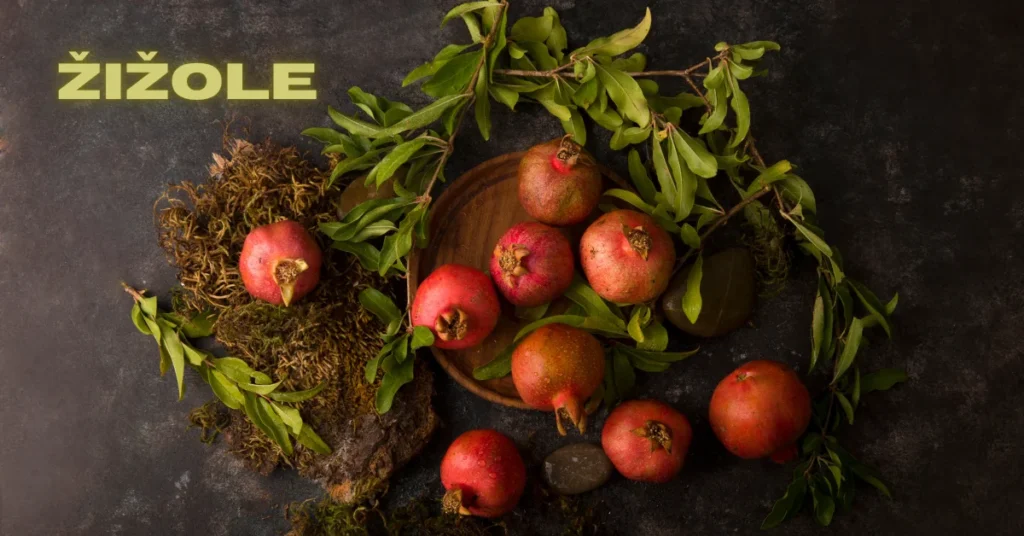Žižole (pronounced zhee-zho-leh) is a traditional European treat, often associated with Lithuania and neighboring regions. These delightful pastries are small, deep-fried dough balls, typically dusted with powdered sugar or drizzled with honey. Similar to doughnuts or angel wings (chiacchiere), are a beloved snack during festivals, family gatherings, and holidays.
History and Cultural Significance
Žižole have roots in rural Lithuanian cuisine, where they were traditionally made for special occasions like weddings, Christmas, and Easter. The name may derive from the sound of sizzling oil (žžž) as the dough fries. Over time, this treat has gained popularity beyond Lithuania, appearing in Polish, Latvian, and even German variations.
How Are Žižole Made?
The basic ingredients for include:
- Flour
- Eggs
- Sugar
- Butter or sour cream
- A pinch of salt
- Baking powder or yeast (for fluffier texture)
The dough is rolled thin, cut into small strips or shapes, then deep-fried until golden brown. Once cooled, they are generously coated in powdered sugar or served with jam, honey, or even chocolate sauce.
Modern Variations
While traditional žižole remain popular, modern twists include:
- Chocolate-filled žižole – Injected with Nutella or custard
- Savory versions – Made with cheese or herbs
- Vegan žižole – Using plant-based butter and milk substitutes
Why Try Žižole?
- Crunchy yet tender texture – Perfect with coffee or tea
- Simple ingredients – Easy to make at home
- Versatile – Can be customized with different toppings
Whether you’re exploring European desserts or looking for a new homemade treat, are a must-try!
FAQs
1. What are žižole?
Žižole are small, deep-fried dough pastries, similar to doughnut holes or funnel cakes, often dusted with powdered sugar.
2. Where do originate from?
They are most commonly associated with Lithuania but are also found in neighboring countries like Poland and Latvia.
3. Are sweet or savory?
Traditionally, they are sweet, but savory versions with cheese or herbs exist.
4. Can I bake instead of frying them?
While frying gives them their classic crispiness, you can bake them for a lighter version—though the texture will differ.
5. How long do stay fresh?
They are best eaten fresh but can last 2-3 days in an airtight container. Reheat in an oven or air fryer to restore crispiness.
6. Are žižole gluten-free?
Traditional contain wheat flour, but gluten-free flour blends can be used as a substitute.
7. What’s the best way to serve žižole?
They pair well with coffee, tea, or even a glass of cold milk. For extra indulgence, serve with fruit compote or chocolate sauce.

